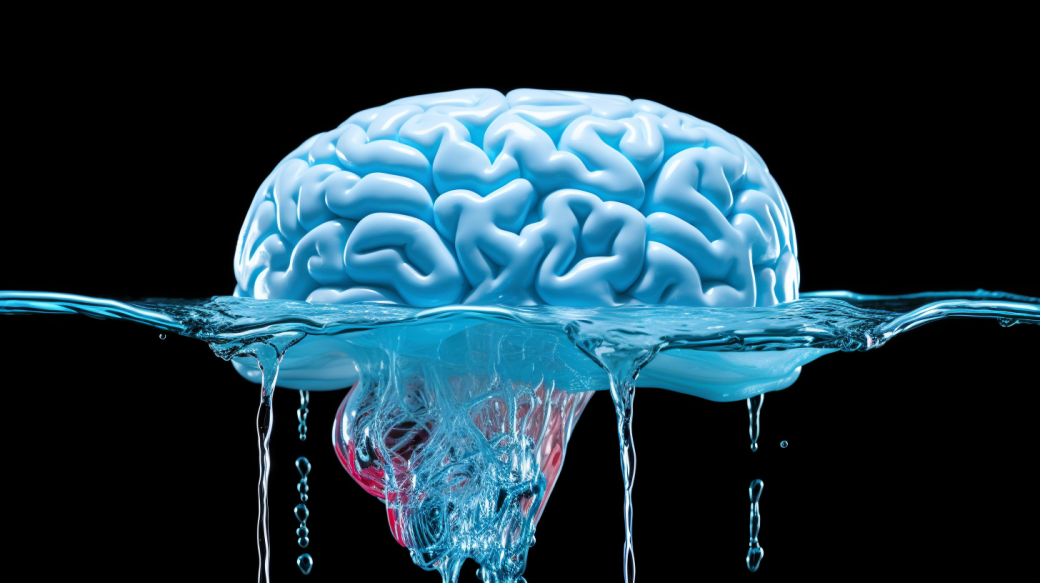A new systematic review published in the International Journal of Environmental Research and Public Health suggests that chronic exposure to high levels of fluoride during pregnancy and childhood may be associated with adverse effects on cognitive development.
Key facts:
- The review included 46 studies on fluoride exposure and cognition in children from gestation up to age 18.
- Over half the studies were conducted in China, where high natural fluoride levels are common in groundwater.
- 40 of 46 studies had a cross-sectional design, making it difficult to determine causality.
- Most studies used fluoride in drinking water as the proxy for exposure and did not consider other sources like diet.
- 25 of 31 IQ studies reported significantly lower scores in children exposed to ≥2 mg/L fluoride versus <2 mg/L.
- Poor quality studies were more likely to show an association between fluoride and impaired cognition.
- Confounding factors like socioeconomic status were not fully accounted for.
Source: Int J Environ Res Public Health 2022
The Potential Impact of Fluoride on the Developing Brain
Fluoride is known to help prevent dental cavities when used topically on teeth at optimal levels.
But scientists have long been interested in whether fluoride exposure, especially at higher concentrations, may also negatively impact brain development.
The fetal and early childhood periods are times of rapid brain growth and maturation.
Neurodevelopment is influenced by complex interactions between genes and the environment.
Even small disruptions during these sensitive windows of development can have lasting consequences.
Prior animal studies have reported that prolonged high fluoride intake may be linked to cognitive impairments.
But the effects of fluoride exposure on human brain development, especially at levels typically encountered in water supplies, have been more controversial.
Review Findings on Fluoride and Children’s Cognition

The review aimed to synthesize quality evidence on the association between fluoride exposure during fetal development and childhood up to age 18 and cognitive outcomes.
In total, 46 studies met the inclusion criteria.
Over half were conducted in China, where high natural fluoride levels in groundwater can exceed 15 mg/L in some regions.
India, Mexico, Canada, Iran, and a few other countries contributed the remaining studies.
The review found that:
- 40 of 46 studies (87%) used a cross-sectional design. This makes it difficult to establish cause and effect, since cognition was only measured at a single time point.
- 6 studies had a longitudinal design, allowing changes in cognition over time to be assessed. But only 3 longitudinal studies suggested fluoride was linked to impaired neurodevelopment.
- Most studies used fluoride concentration in drinking water as a proxy for exposure. Fluoride from other sources like diet was generally not considered.
- 31 studies reported on IQ specifically. 25 of these found children had significantly lower mean IQ scores when exposed to ≥2 mg/L fluoride versus <2 mg/L.
- The relationship between higher fluoride and lower IQ was consistent for children ≤8 years old and those ages 9-18 years.
- Studies reporting fluoride levels ≥2 mg/L were more likely to find impaired cognition compared to levels <2 mg/L.
- Many studies were of fair to poor quality. Higher quality studies were less likely to find an association between fluoride and poorer cognition.
Challenges in Interpreting the Evidence
The authors highlighted several limitations making it difficult to draw definitive conclusions:
Study design limitations: The predominance of cross-sectional data, with very few high-quality longitudinal studies, prevents strong determinations about causality. Cross-sectional findings may be subject to confounding.
Insufficient accounting for confounders: Many studies did not fully account for socioeconomic, nutritional, and other factors that influence cognitive development. Iodine deficiency, which may exacerbate fluoride impacts, was not considered.
Exposure assessment limitations: Most studies used fluoride in water as a proxy for exposure. But this may not accurately reflect total exposure from all sources. Fluoride intake from toothpaste swallowing and diet can be substantial.
Narrow cognitive assessments: Many studies only reported on IQ, but cognition is complex. Assessing multiple domains would provide a broader understanding of potential fluoride impacts.
Over-representation of studies from high-fluoride regions: Over half the studies were from parts of China with unusually high naturally occurring fluoride levels not typical of most water supplies. Findings may not be relevant to lower level exposures more common worldwide.
Potential publication bias: The predominance of studies from endemic high-fluoride areas may bias findings toward a greater likelihood of seeing an association with impaired cognition.
More Research Needed to Clarify True Cognitive Effects of Fluoride
The systematic review concluded that, based on the currently available evidence, fluoride exposure exceeding 2 mg/L in drinking water may be associated with impaired cognitive development in children.
However, the authors highlighted that the body of evidence has substantial shortcomings that prevent deriving firm conclusions.
Lower quality studies tended to show the greatest cognitive impacts. But higher quality studies were inconsistent, with both positive and null associations reported.
Additionally, most studies failed to fully account for socioeconomic, nutritional, and other key factors that influence brain development and cognition.
Confounding influences may partly or fully account for the observed relationship between higher fluoride and poorer cognition.
The authors provided recommendations for higher quality research approaches needed to provide clearer answers regarding fluoride’s potential developmental neurotoxicity:
- Employ prospective longitudinal cohort studies measuring both fluoride exposure and cognitive changes at multiple time points in the same children over time.
- Use more refined, individual-level indicators of fluoride exposure from all sources such as urine biomarkers, instead of relying solely on fluoride levels in local water supplies.
- Evaluate multiple domains of neurodevelopment and cognition using validated assessment tools, rather than only IQ.
- Control for confounding factors known to impact child development like socioeconomic status, nutrition, and chemical exposures.
- Ensure adequate sample sizes to detect small but clinically important effects.
- Conduct more research outside of known endemic areas of unusually high natural fluoride to ensure findings apply to more typical levels of exposure.
Overall, while the current body of cross-sectional studies suggests fluoride may negatively impact children’s intelligence under conditions of elevated exposure, well-designed longitudinal research accounting for confounding influences is required to provide more definitive conclusions on fluoride’s potential developmental neurotoxicity at typical exposure levels.
Parents should discuss their child’s fluoride intake from all sources with a pediatrician or dentist.
References
- Study: The relationship between fluoride exposure and cognitive outcomes from gestation to adulthood – a systematic review
- Authors: Banu Preethi Gopu et al. (2022)







